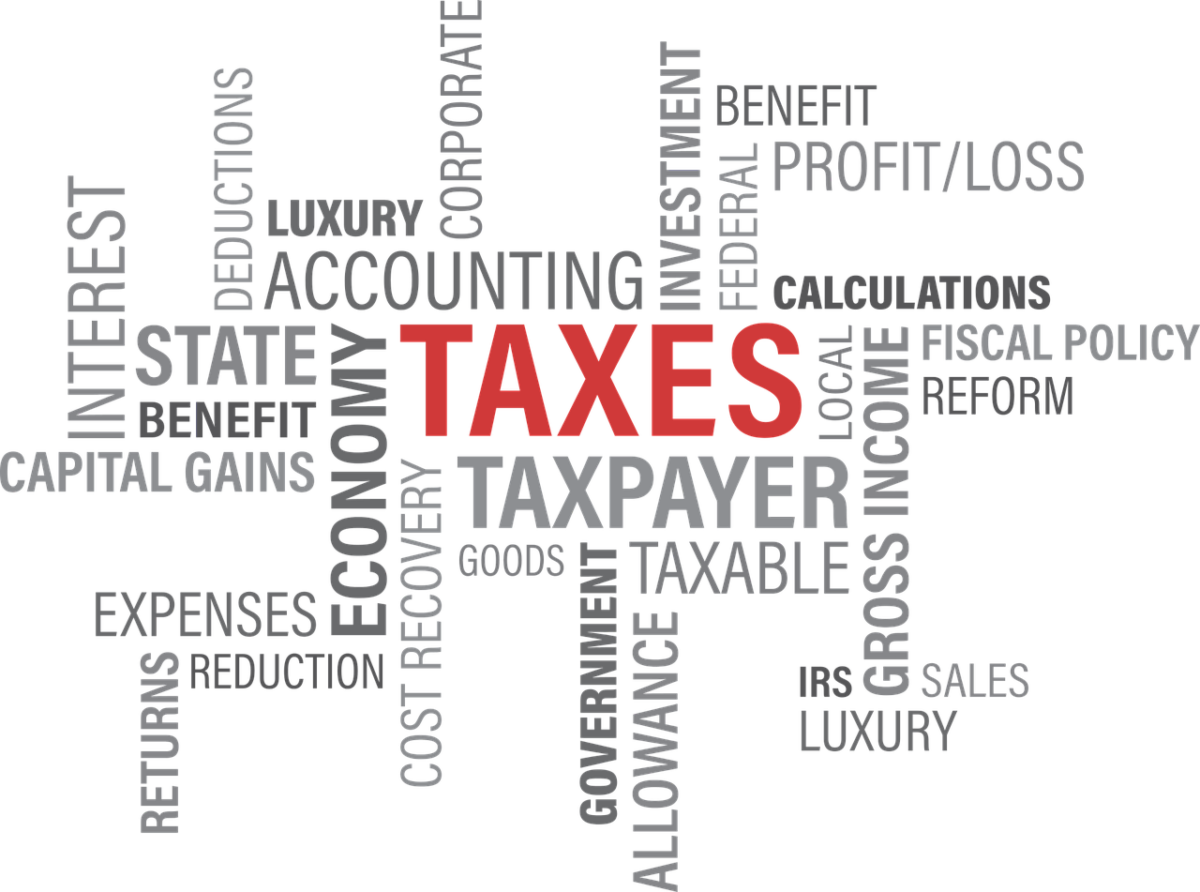If you have children, you’re probably familiar with the Child Tax Credit. It can put some much-needed cash in your pocket, but there are criteria for qualifying for the credit.
Age and Qualifying Child
A qualifying child is one that didn’t turn 18 before Jan. 1, 2022. A qualifying child is defined as the taxpayer’s son or daughter, stepchild, eligible foster child, brother, sister, stepbrother or stepsister, or half-brother or half-sister. Descendants of those qualifying children may also qualify, such as a grandchild, niece or nephew. The child must have a Social Security number that’s valid for employment.
Financial Support
The child can’t have provided more than one-half of their own support during 2021.
Living Arrangements
The child must have lived with the taxpayer for more than one-half of the tax year. The home must have been in one of the 50 U.S. states or District of Columbia for more than half the year. A permanent home can be a house, apartment, mobile home, or temporary lodging and doesn’t have to be in the same location throughout the taxable year.
You may still be eligible for a lesser amount of money if your home wasn’t in the U.S. for more than half the year. Bonafide residents of Puerto Rico may also be eligible to claim a Child Tax Credit even if they received no income and paid no U.S. Social Security taxes.
Taxpayer Dependent
You can’t claim a child as a dependent if you or your spouse are claimed as a dependent on someone else’s tax return or are residents of Canada or Mexico. The dependent must be a U.S. citizen, U.S. resident alien, or a U.S. national. Joint custody situations only allow one parent to claim a child on their income taxes. You can also claim that child if they died before Jan. 31, 2022.
Earned Income
You must have some type of earned income during the tax year as an employee or through self-employment. It includes wages, salaries, tips, bonuses and commissions.
At Peavy and Associates PC our mission is to assist you with all your tax preparations, payroll and accounting needs. We provide our clients with professional, personalized accounting services and guidance in a wide range of financial and business needs. Give us a call today and discover why our clients return to Peavy and Associates, PC year after year!





